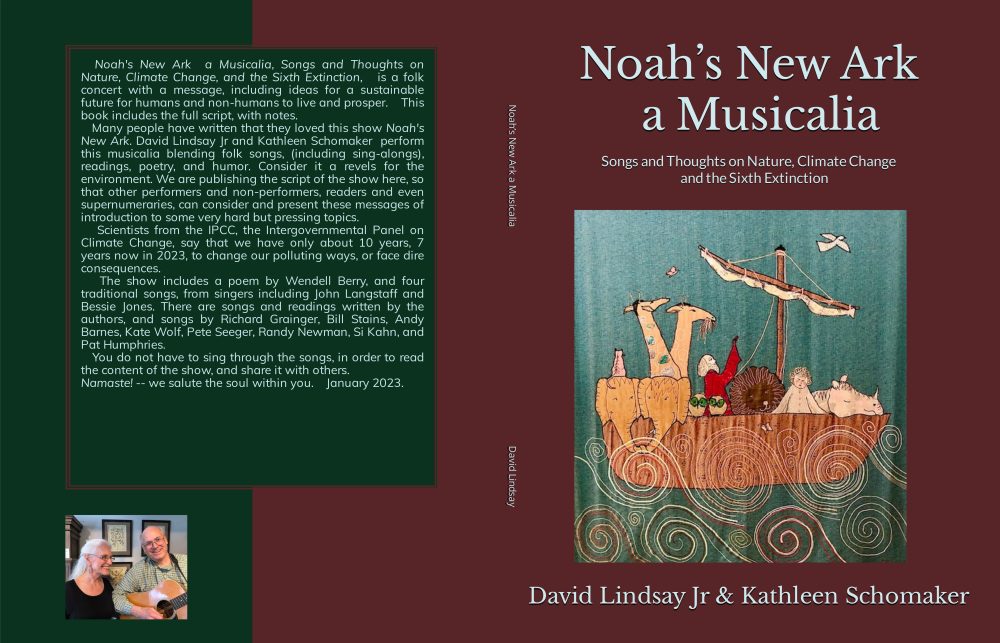“The Biden administration on Wednesday issued, for the first time, a national strategy to combat a major national problem: food waste.
Roughly 30 percent of the country’s food supply isn’t eaten, but thrown away or otherwise wasted. In fact, food is the single largest volume of material sent to landfills and incinerators in the United States. When uneaten food goes into landfills, it breaks down and produces as much greenhouse gas emissions annually as dozens of coal-burning power plants, according to the federal government.
The White House strategy involves efforts to change the behavior of both businesses and individuals to reduce waste, as well as to fund research into extending the shelf life of perishable foods, expand food donations and turn food waste into usable commodities like compost, gas or animal feed.
“Everyone has a role to play in reducing food loss and waste, and I hope that these federal commitments will inspire and catalyze action in the private sector and communities around the U.S.,” the secretary of agriculture, Tom Vilsack, said in a statement.
The strategy falls short of food-waste laws in other countries and even those of some American states. It contains no new regulations. Dana Gunders, head of ReFED, a research and advocacy group that works on food waste, called the strategy “a good first step.”
The United States set out in 2015 to cut food waste by half by 2030. In reality, per capita food waste actually grew between that announcement and 2019, the most recent data available, according to the Environmental Protection Agency.
Why does so much food go uneaten?
According to ReFED’s latest figures, in 2021, the United States produced 91 million tons of unsold, uneaten food. Nearly half of it was still edible, but only 2 percent was donated.
ReFED’s research has found that 20 percent of food is lost at the farm level in the United States. The reason might be that a grower can’t get high enough prices for, say, a crop of tomatoes, or perhaps the tomatoes don’t meet the size, shape or color specifications set by retailers.
Stores, restaurants and industrial kitchens throw out food that doesn’t sell. And in homes, many people discard food that’s still safe to eat, in part because “best by” labels can be confusing and don’t necessarily indicate when food is bad.
There’s been some progress in cutting food waste. Between 2019 and 2022, eight supermarket chains that had voluntarily pledged to reduce food waste reported a 25 percent decline in their total volumes of unsold food.
Start-up companies have popped up in recent years to crack the waste problem. Some use artificial intelligence to spy on what gets tossed so that retailers can make better procurement decisions. Apps offer budget-minded shoppers deals on about-to-perish groceries and restaurant meals.
What do other countries do?
For more than 20 years, South Korea has prohibited food or food scraps from going into trash bins. Instead, food waste is used to create compost, animal feed or biogas.
France has a mandatory composting law, which means municipalities must provide residents ways to divert organic waste from landfills. In 2016, France became the first country to require supermarkets to donate still-safe food.
How do states handle it?
California is furthest along. Since 2022, the state has required grocery stores to donate, not throw away, “the maximum amount of edible food that would otherwise be disposed,” or face fines. This year large restaurants, hotels and hospital cafeterias also came under the law.
The legislation also requires every city and county to reduce the volume of organic waste that goes into landfills by 75 percent by 2025, compared with 2014 levels. That means building more composting facilities or putting in machines that create biogas from organic waste.
A handful of other states have a patchwork of laws.
Washington State requires grocery stores to donate still-safe-to-eat food. Vermont requires its residents to compost food. Maryland offers farmers a tax credit if they donate edible food. Massachusetts limits how much food businesses can send to landfills. And New York State requires large food businesses to donate excess edible food and recycle remaining scraps if they are within 25 miles of a composting facility or anaerobic digester.
“It would be hard to pass a national organic waste ban for a number of reasons, but I would love to see the federal government offer more incentives to cities and states that pass such policies,” said Emily Broad Leib, who runs the Food Law and Policy Clinic at Harvard Law School.
What’s in the White House plan?
The White House says it will fund research into technologies that could extend the shelf life of food, like new seed varieties and better packaging.
The government will also invest in research to measure the “effectiveness of different consumer messages to encourage households to reduce food waste” and help students learn food waste prevention tips, including in school cafeterias, which can be enormous sources of food waste.
The Department of Agriculture says it’s also working with farmers, crop insurance agents and others to reduce on-farm food loss.” -30-
Somini Sengupta is the international climate reporter on the Times climate team. More about Somini Sengupta

